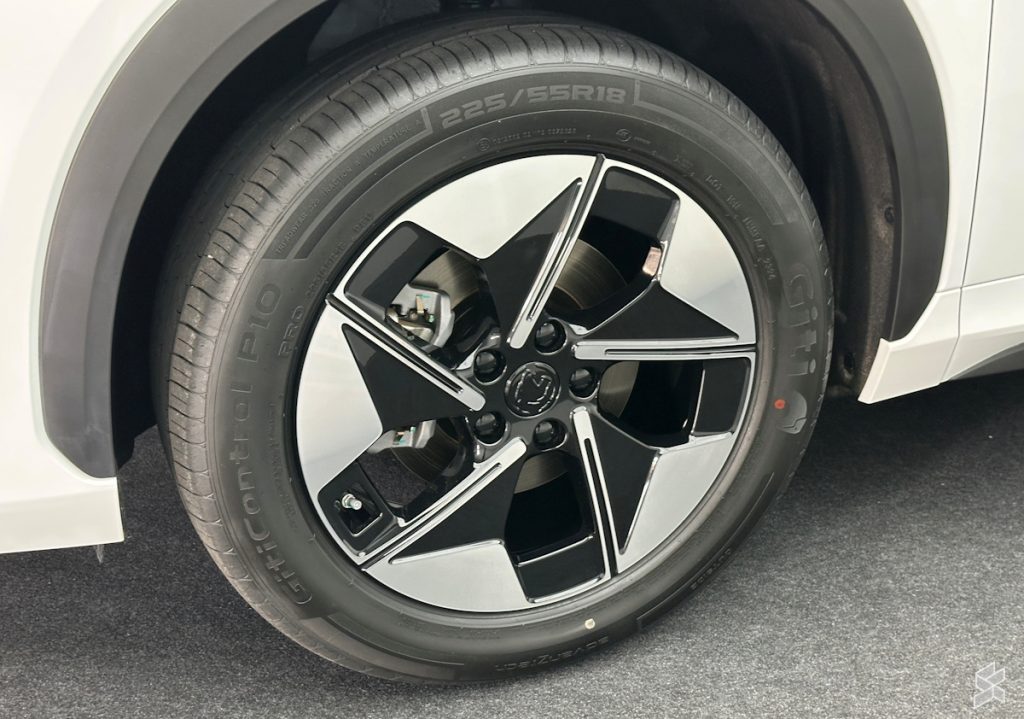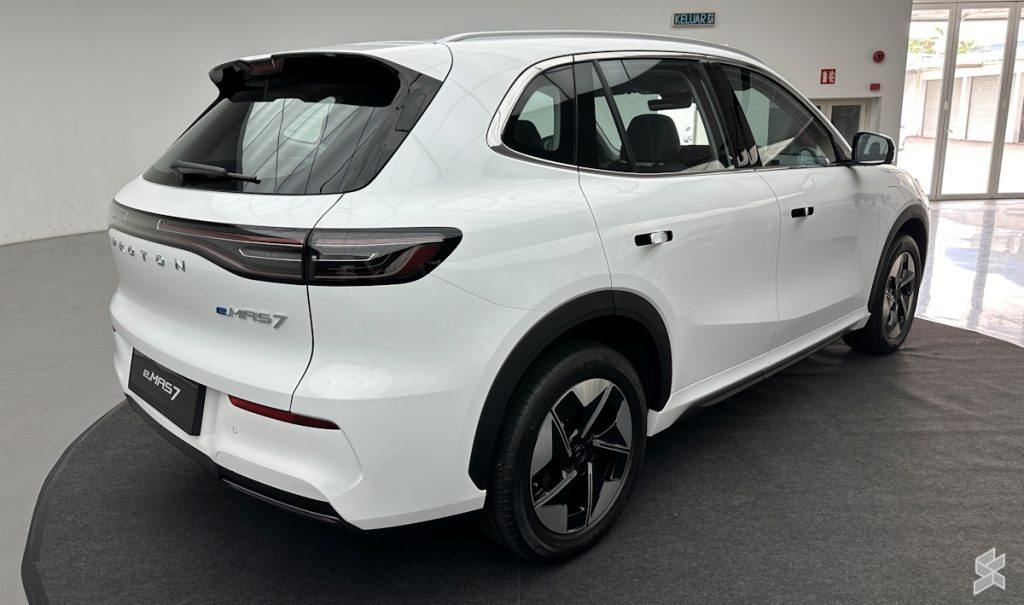eSIM has been around for quite some time, having been first released in 2016. But these days, it’s starting to get more and more popular. Now with the new iPhone 14 series going all-in on eSIM and not even offering a physical SIM card slot, it’s really going to take off. So we’re here to tell you everything you need to know about eSIM.
What is a SIM card?
You may already be familiar with a SIM card. Or a Subscriber Identity Module card, which is basically a little card that lives inside of your phone and essentially tells your phone what carrier you’re on and what plan you have. It’s a pretty simple thing, but necessary for every phone out there. It also makes switching phones and carriers pretty easy. Back in the 3G days with Sprint and Verizon using CDMA, you had to call and ask them to switch your phone – which they may or may not do very easily.
There are four sizes of SIM cards, there’s the full size, mini-SIM, micro-SIM and nano-SIM. These days, most phones use nano-SIM, while a few older phones might still use micro-SIM. The full size SIM was introduced in 1991, and five years later the mini-SIM was introduced. Then in 2003, we got the micro-SIM which we lived with for most of the 3G and early 4G generation of smartphones. With the nano-SIM being introduced in 2012.
What is eSIM?
So now that we know what a SIM is, what is an eSIM? It’s an embedded-SIM, or a programmable SIM that is built into the phone and you’ll never see it. This has been available for things like cellular-connected smartwatches and some tablets. Some phones are compatible with eSIM as well.
eSIM was first introduced in 2016, so it’s still fairly new. The Samsung Gear S2 Classic 3G was the first device to use an eSIM. Apple first introduced eSIM back in September 2017 on its Apple Watch Series 3, and the following year on the iPhone XS.

Interestingly, some MVNO carriers like Google Fi use eSIM and prefer it over a regular SIM card. Likely because that’s one less thing they need to ship to the customer.
eSIMs give customers more flexibility for switching carriers. Which is something the carriers don’t like. Since you are able to just go into settings and add another carrier, of course you do need an account and plan with that carrier for it to really work.
What advantages does eSIM bring?
The biggest one is being able to switch carriers and phones at a moment’s notice. Of course, the switching phones thing is a small group of people – mostly reviewers like myself. But switching carriers will be more useful to others. Say you’re on AT&T and are fed up with their coverage and prices. You can sign up for Verizon and have your phone on Verizon’s network within a few minutes. Without heading to a store to get a SIM card or waiting for it to ship.
Another advantage is the environment. While SIM cards are fairly small these days, they do tend to break or just stop working. Typically after you’ve switched them between phones a few times. And thus end up in the trash, adding more waste to the environment. Carriers also have to keep tons of these in stock at every store across the country. So moving to eSIM means that’s one less thing they need to stock. Obviously a stack of a thousand SIM cards is still going to use less space than a Galaxy S22 Ultra box. But still.
Finally, with eSIM, it makes it easier to have multiple carrier plans on the same phone. This is really useful if you do any traveling outside of your country. So you can have your home carrier on your phone, and then a roaming carrier say in Europe, without having to pick up a SIM card when you land in that country. In some third-world countries like India, they typically use multiple carriers, because no one carrier has coverage everywhere. And this is very helpful there too.
What phones support eSIM?
Almost every phone these days supports eSIM, but many don’t market it as a feature. Every iPhone since 2018 with the iPhone XS, XS Max and XR have supported eSIM.
![]()
In 2017, Google unveiled the Pixel which was their first smartphone to have eSIM, and every Pixel since then has had it. This is partly because their own carrier, Google Fi, works with eSIM preferably over SIM.
Motorola started with eSIM in 2020 with the Motorola Razr. Motorola is a bit different from the others here, as they haven’t put eSIM in every phone. Since a big majority of their phones are cheaper ones.
Samsung started shipping the Galaxy S20 and Galaxy S21 with eSIMs in 2020. Though it’s not quite as straight-forward as some other manufacturers’ phones.
What tablets and smartwatches support eSIM?
As mentioned, the Samsung Gear S2 Classic 3G was the first watch to use a eSIM for cellular connectivity. Now, most watches that do have cellular connectivity use eSIM. That’s mainly due to the size of the smartwatch and the fact that there’s really not any room for a physical SIM card slot there.
So this mostly includes Samsung’s watches like the new Galaxy Watch 5 and 5 Pro, and Apple’s watches like the new Apple Watch Series 8, Ultra and SE (gen 2).
When it comes to tablets, every iPad since the iPad Pro 11-inch (1st Generation) released in 2018, has eSIM.
Which carriers support it?
Technically, all three US carriers support eSIM, some make it easier to use than others though. It’s not something they really market as a feature, and that’s because carriers don’t really like eSIM.
A lot of MVNO carriers also support eSIM. We’ve already mentioned Google Fi here, but there’s also Xfinity Mobile, Straight Talk and many more that also support eSIM.
How do you activate an eSIM?
It’s pretty easy to set up an eSIM on your device. Typically you’ll need to download and use your carrier’s app – which on most Android phones, that will be pre-installed. From there you’ll be asked to log into your account and then it’ll activate your eSIM. You can also opt to scan a QR code to get started in activating your eSIM.
Here’s the support pages for the three carriers on activating eSIM:
It’s pretty straight-forward, hopefully with the iPhones going eSIM exclusively in the US, that will mean that carriers will be more willing to support eSIM on their network.
Why do carriers dislike eSIM?
It’s pretty simple. Carriers hate making it easy for you to switch carriers. They want you to stick with their network and never leave. Though they are quite happy to get you to leave a competitor for their network. eSIM makes it super simple to switch networks, and that’s something that carriers do not like.
A big reason for that is because it eliminates needing to order a SIM card and head to your local store to pick it up, or wait for it to come in the mail, which can take a few days. Instead, you can be up and running with an eSIM in a matter of minutes.
The other big reason carriers hate eSIM is store traffic. Carriers rely pretty heavily on customers coming into their stores to drive sales of new phones, accessories and so much more. Carriers like Verizon sell just about everything you can think of now. They’ve become a small Best Buy in some sense. With eSIM, it eliminates the reason for most people to head to the Verizon, AT&T or T-Mobile store, though. This may change now, after the pandemic where the stores were closed for a few months.
Is eSIM the future?
Yes, eSIM is definitely the future. But moving to this new form of SIM is going to take some time. Moving from micro to nano SIM cards even took a few years, despite there really being no change, other than the size of the SIM card. But as we’ve said already in this post, with Apple going exclusively with eSIM on the iPhone 14 series, it’s going to push carriers to support eSIM, since iPhones are a big part of their sales and commissions. Not to mention a large part of the market in the US.
Typically, once Apple adopts some new technology, the rest of the industry adopts it too. But in this case, many have adopted it already, it’s just the carriers that aren’t embracing it. However, where there’s no other option for using a physical SIM card, carriers have no choice but to use it.




